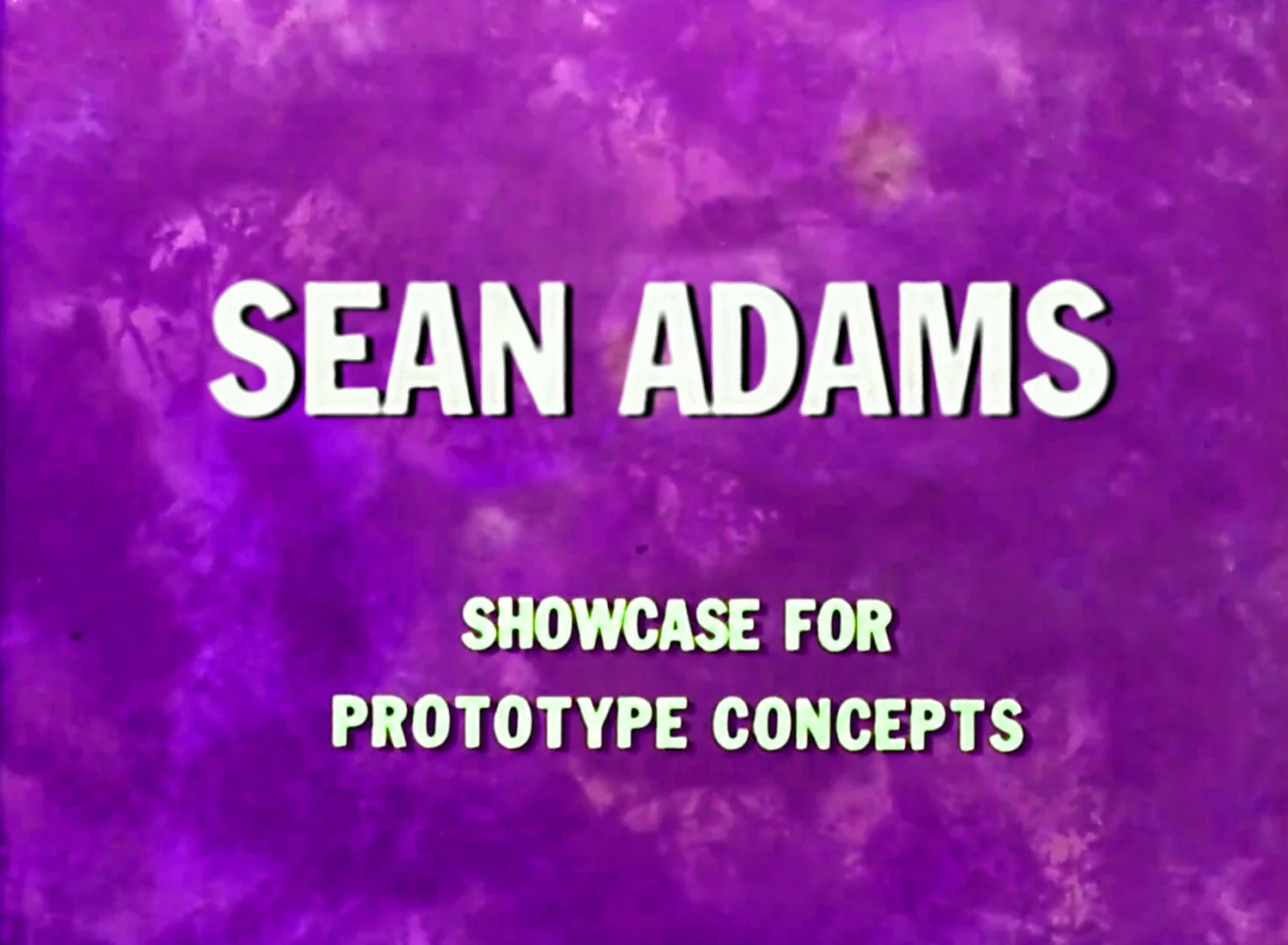The Only Constant is Change
I recently completed an identity program for the Library Foundation of Los Angeles. I typically don’t use the Cabin to show my work, but this time I had a reason. The LFLA identity is a perfect example of the nature of flexible I.D. It has 8 possible typeface options, and 8 possible color options. The user can combine any of the two, resulting in a whopping 64 possible combinations. This conceptually links to LFLA’s commitment to be not about one idea only, but the widest range of voices, concepts, and information.
Twenty years ago, a logo was required to be one single design, with a fixed state of being. This still works, but people view brands in a different way. Perhaps it was the complete overload of logos by the end of the twentieth-century. Or, the viewer is able to process multiple ideas simultaneously (think about the complexity of a CNN screen). I’ve found that people under thirty are especially “logo promiscuous.” A logo can change color, form, and location. If one element is proprietary, which today is typically, the name, multiple versions work fine as identifiers.
So the issue then becomes not about pure identification with a neutral tone, but the integration of a mark into a complex system. I often talk about quantum physics in presentations. This bores everyone to no end. But, I look at communication today as an ever-changing set of parameters existing in a constant state of flux. At the same time, the communications must talk to several audiences in multiple ways about different ideas. A flexible identity system allows for a wider range of communicative strategies.
This all makes me wish for the days of hard-core old school corporate identity. Paul Rand designed the abc logo, told them it was black and not to mess with it. Easy as pie, but to add another simile, the reed that cannot bend will break.







